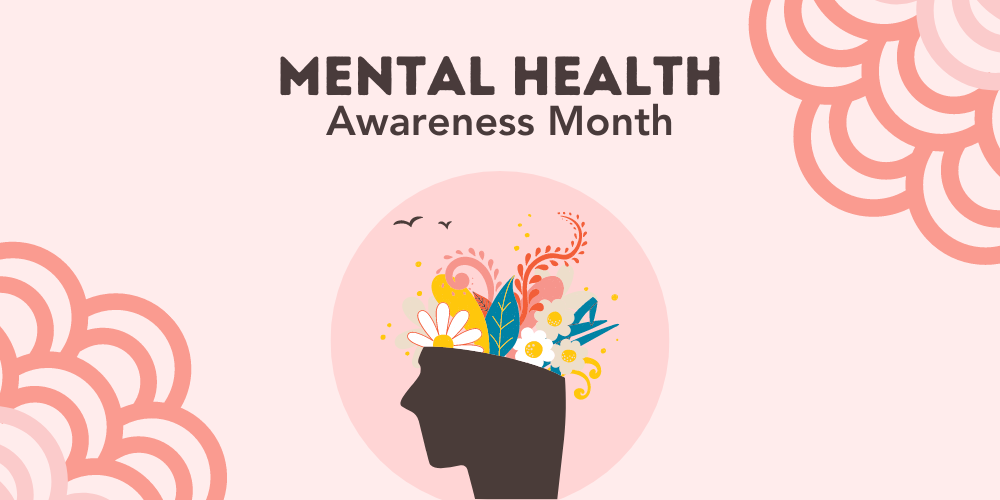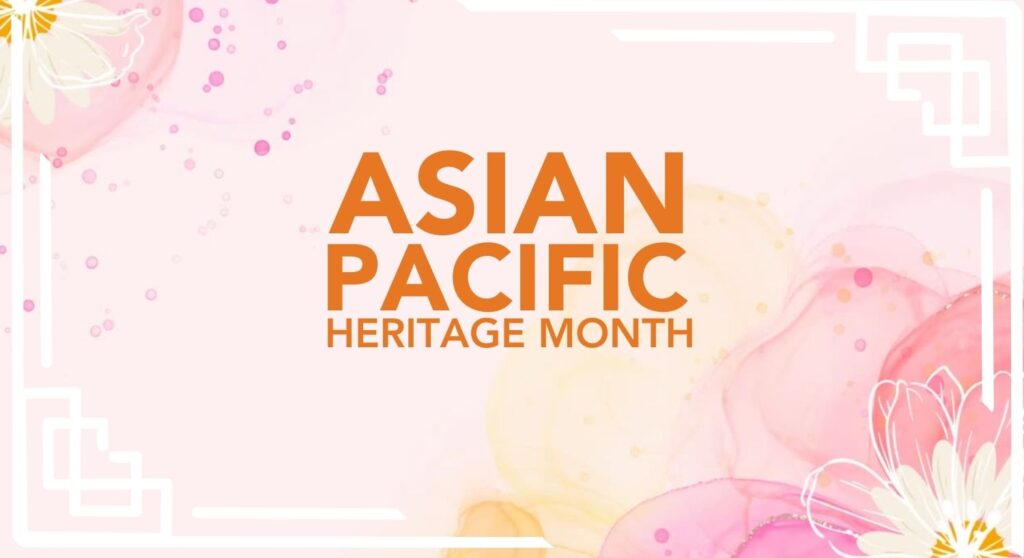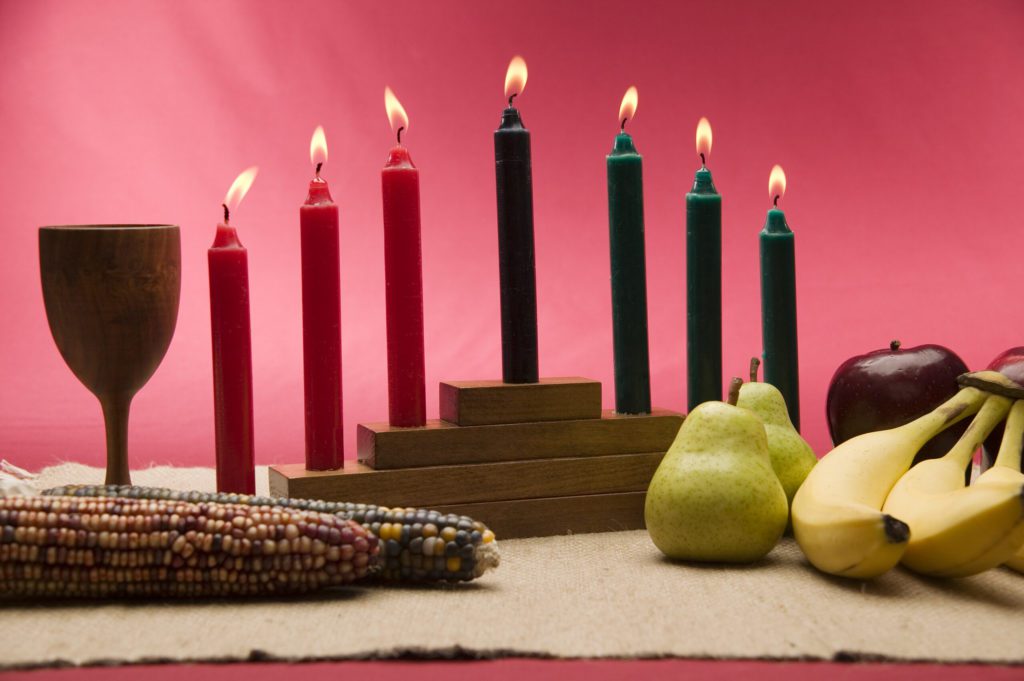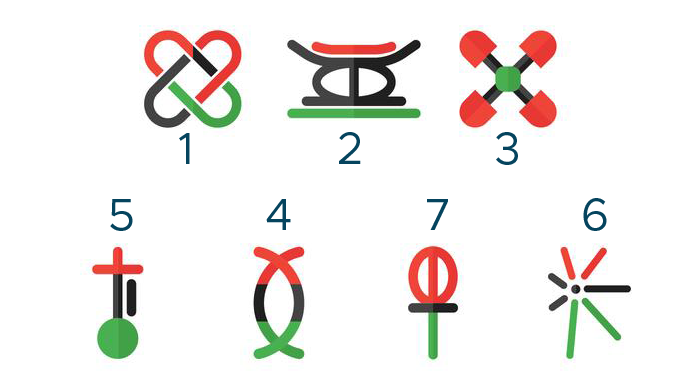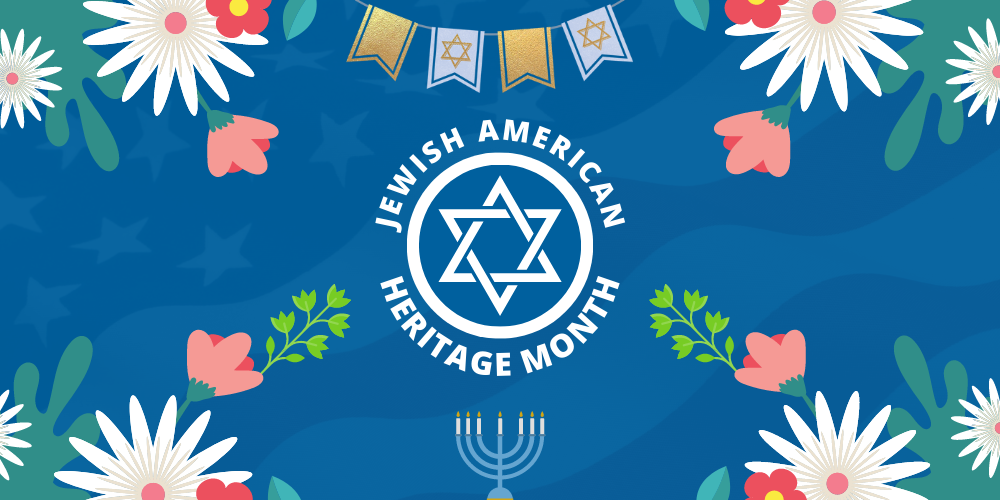
Jewish American Heritage Month, also known as JAHM, is a month-long celebration in the United States that takes place every May to honor and recognize the significant contributions of Jewish Americans to American history, culture, and society.
Jewish American Heritage Month was established in 2006 by President George W. Bush to recognize the ‘crucial role that Jewish Americans have played in shaping the history of the United States. May coincides with two significant events in Jewish American history: the arrival of the first Jewish immigrants to America in 1654 and the celebration of the Jewish holiday of Shavuot, commemorating the Torah’s giving to the Jewish people.
Various events and activities are held nationwide throughout May to celebrate American Jewish heritage. These events include lectures, concerts, art exhibits, film screenings, and cultural festivals. Many museums and historical sites also offer special exhibitions and tours that highlight the contributions of Jewish Americans to American society.
One of the main goals of Jewish American Heritage Month is to increase awareness and understanding of Jewish American history and culture. This is particularly important given the long history of anti-Semitism and discrimination against Jewish Americans in the United States. By highlighting the achievements and contributions of Jewish Americans, JAHM aims to promote a greater understanding and appreciation of Jewish American culture and values.
Another essential aspect of Jewish American Heritage Month is its focus on education. Many schools and universities use JAHM to teach students about Jewish American history and culture. This includes the contributions of Jewish Americans in fields such as science, medicine, business, politics, and the arts.
Jewish American Heritage Month is also an opportunity to celebrate the diversity of American Jewish culture. Jewish Americans come from many different backgrounds and traditions, and JAHM celebrates this diversity by highlighting the contributions of Jewish Americans from a wide range of cultural and religious backgrounds.
In conclusion, Jewish American Heritage Month is a month-long celebration that recognizes the important contributions of Jewish Americans to American society and culture. JAHM promotes a greater understanding and appreciation of Jewish American history, culture, and values through various events and activities. By celebrating American Jewish culture’s diversity, JAHM helps build bridges between communities and promote greater understanding and tolerance.

